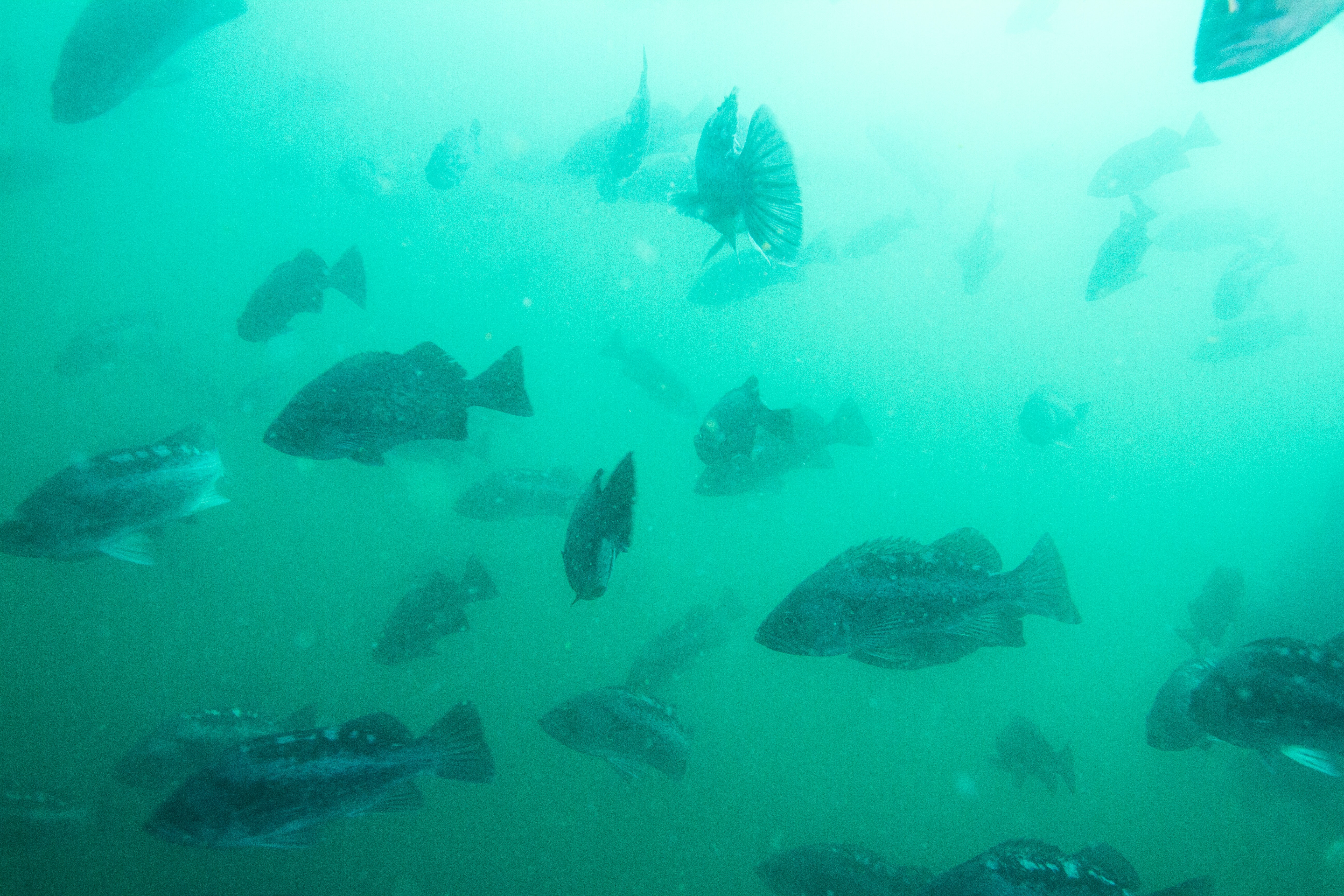About
In January 2011 the West Coast Groundfish fishery transitioned to a multispecies Individual Fishing Quota (IFQ) system, a form of catch-shares in which fishers own shares of the total allowable catch for all target species and threatened bycatch species. This fishery presents an interesting example of the weak stock hurdle facing many fisheries around the world: species such as yelloweye and canary rockfish have been historically overfished, and since they grow and reproduce very slowly, they have extremely low annual catch limits which can be exceeded in a single accidental haul. This leaves many individual fishers at a disadvantage compared to larger companies, as they are unable to risk the potential downside of having to purchase additional expensive quota or being forced to stop fishing for the season.
Risk pools are a potential solution to this problem, in which individuals pay to join (and/or contribute their weak stock quota), and then the association pays from the aggregate quota to cover members that accidentally catch weak stock species. Usually membership within a risk pool requires fishermen to agree to actions which would decrease their chance of catching weak stock species, including restrictions to more selective gear and avoiding areas known to have higher densities of weak stock species.
We documented behavioral changes in fishers and the resulting social, environmental, and economic impacts as risk pools emerged in the new IFQ system to learn what changes arose from the transition and to evaluate benefits to fishers resulting from cooperative mechanisms such as risk pools.
